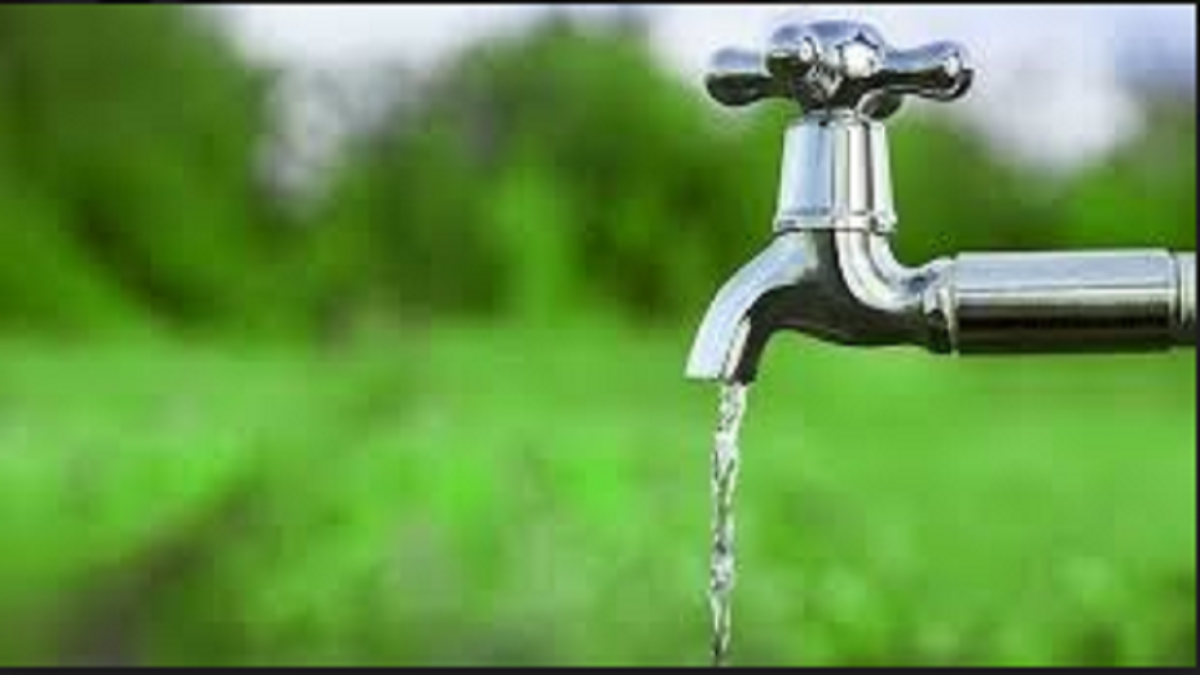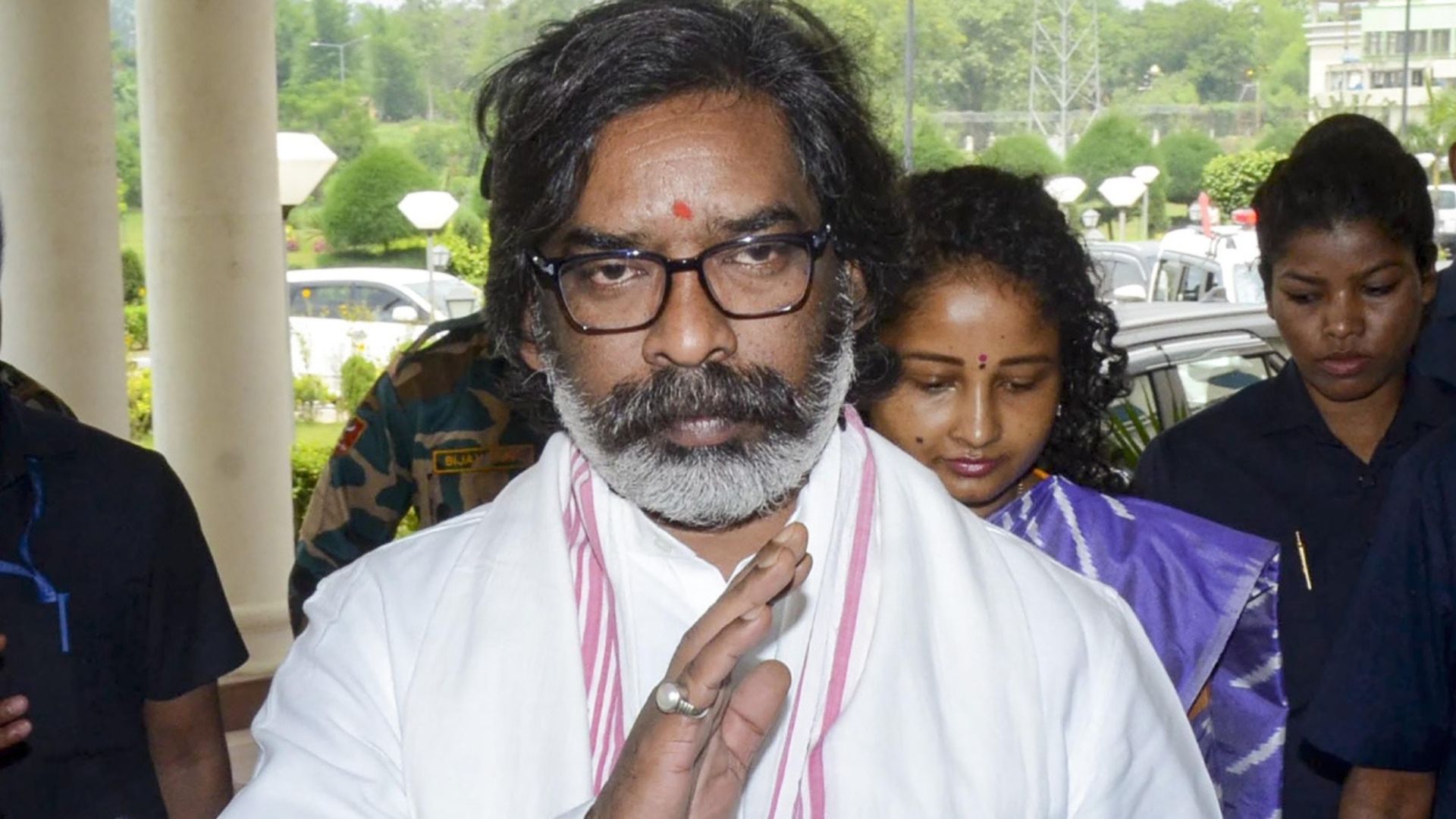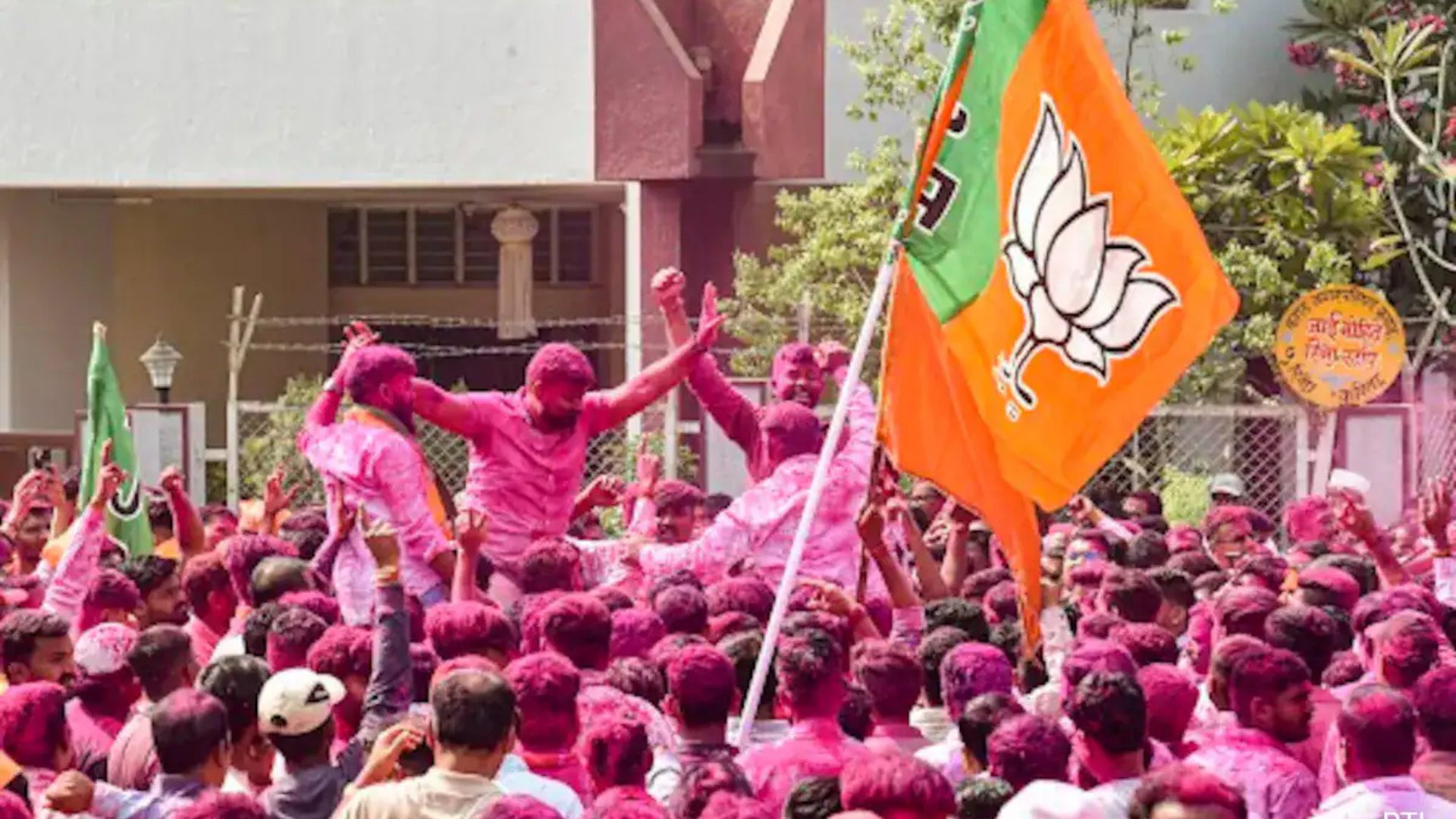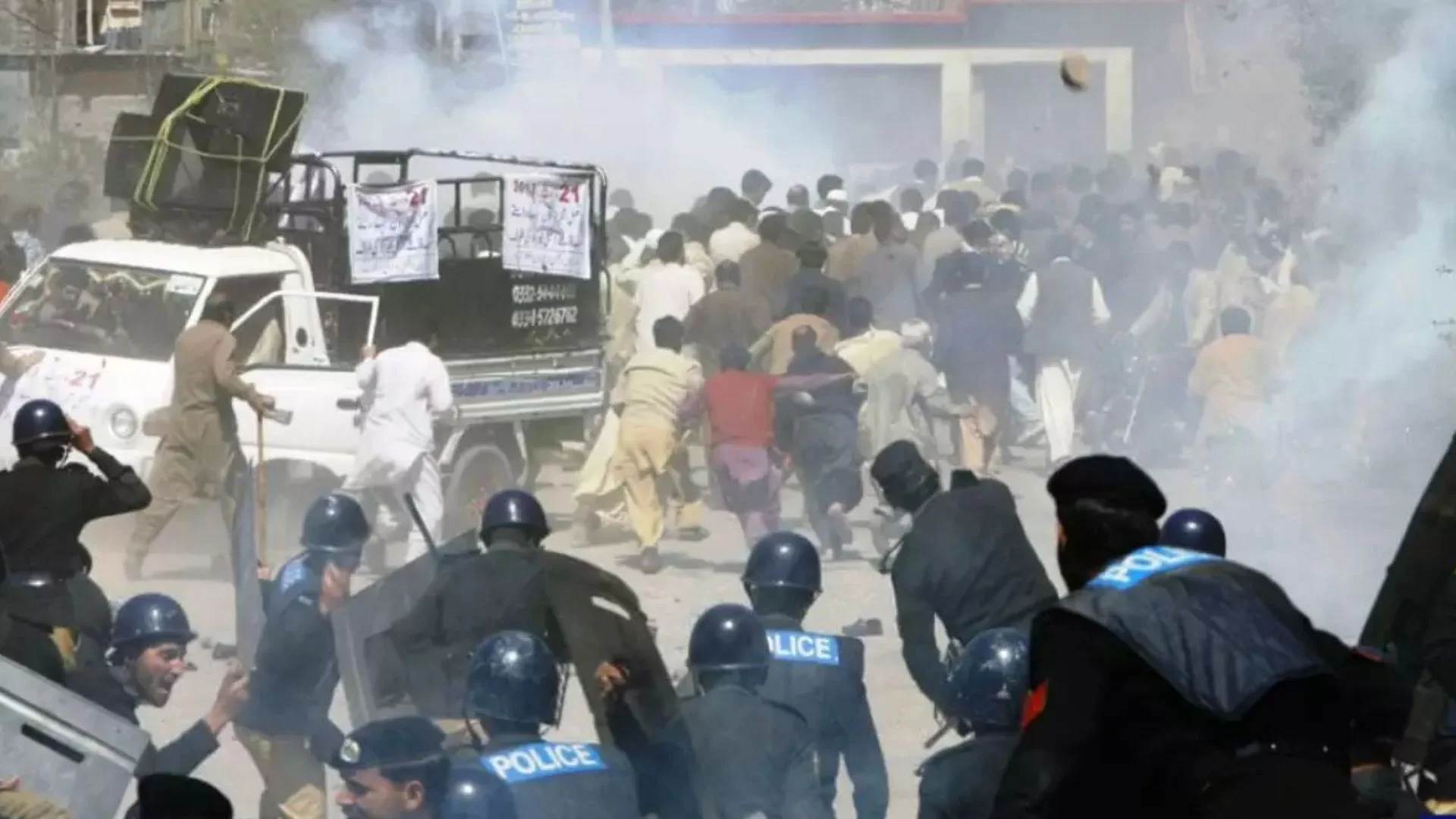
The district administration focused on the issue of development and strengthening of existing water sources. The main strategy being recharging of wells/ borewells. Of the 6,400 drinking water sources, recharging was undertaken before the monsoon of 2015-16.
Solapur has been a perennially water-scarce district. It lies in the rain shadow region of western Maharashtra. Ironically, despite being in the semi-arid zone, Solapur has the dubious reputation of having the largest number of sugar factories in Maharashtra. Sugarcane and sugar mills have created a vicious circle of unscientific farming practices that have led to disastrous consequences.
The rainfall pattern and its utilization has led to depletion of water resources. What was lost sight of was the correlation between rainfall, runoff, recharge and usage of water. Scarcity of water had been a recurrent phenomenon throughout the state and especially in Solapur. A holistic view of scarcity was taken by Tukaram Mundhe who took over as Collector of the District in 2014. He and his team analyzed the reasons behind it. Non-availability of water in the sources and data relating to water resources, transportation of water and its improper distribution, and quality of water were identified as primary causes of this perennial problem.
After the most devastating droughts in the year 1971, the Government had come out with number of legislations and rules thereunder to counter the impact of the drought. The provisions mandated water management through a two-pronged approach:
• Immediate measures to make water available to the people through requisition of private wells/borewells, pipelines, digging new borewells, special repairs, tankers etc (Proforma A measures)
• Measures to prevent recurrence of scarcity condition such as well/borewell recharging, desilting of water bodies to increase storage capacity etc. (Proforma B measures) Over a period of time, the focus had been on immediate measures while the preventive and promotive measures had been totally ignored. This had aggravated the scarcity rather than preventing it. Tukaram Mundhe got an action plan prepared.
The plan focused on implementation of long-term measures as in Proforma B vigorously. It was felt that unless the Gram Panchayat took up the development of sources (through recharging water sources, recharging ground water etc), the problem would not be taken care of. The regulation and development of sources were taken simultaneously. Government Rules mandated following steps to be taken in times of scarcity before making tankers operational, which is a last resort.
1. Completion of piped water supply schemes (WSS)
2. Special Repairs of piped water supply schemes
3. Special repairs of Borewell
4. Digging of new Borewell
5. Temporary piped WSS
6. Digging small wells in river beds/dams
7. Desilting and Deepening of existing wells
8. Private well requisition
9. Water supply through Tankers/Tractors/bullock carts The first major step was identification of public drinking water sources. Once sources were declared as public sources, regulatory provisions of Groundwater Act came into play. In December 2014 about 3000 sources were declared as public drinking water sources. This number increased to 15533 by March 2016. These sources were being exclusively used for drinking water purposes like wells, jack-wells, borewell, hand pumps etc.
It was soon discovered that non-availability of sources was far from the truth. Solapur had 1144 revenue village s a n d around 15500 drinking water sources. Thus, per village availability was in sufficient. However, the policy and its implementation had been focused on provision of more public drinking water sources. Hence, the strategy of providing more water sources was incorrect. Instead, the focus should have been on development and strengthening of existing drinking water sources so that the drinking water sources became functional.
The District administration focused on the issue of development and strengthening of existing water sources. The main strategy being recharging of wells/ borewells. Of the 6400 drinking water sources, recharging was undertaken before the monsoon of 2015-16. Almost 5000 of these sources were recharged leading to water availability in these sources.
The results were there for all to see. Had these water sources not been recharged, 127 tankers would have been required for each village and hamlets. Identification and recharging of drinking water sources in itself did not help in doing away with scarcity. It had to be in tandem with implementation of Ground water Act and its rules. The transportation infrastructure for water supply either did not exist or was dysfunctional. 13 of the 29 Regional Water Supply Schemes (RWSS) were dysfunctional in the District on account of nonpayment of electricity bills and non-maintenance of pipeline system. However, the real issue was not payment of electricity bill or non-maintenance of pipelines but the entire approach to the issue.
These schemes were made operational only during scarcity situation for 2-3 months. Electricity bills were paid by government under scarcity head and were used as tanker feeding points to the villages, for which the RWSS was meant to supply the water. A decision was taken to make water available permanently through the RWSS to these villages. This was done as reforms and not as a dole. The villages covered under RWSS which had assured drinking water source were told that the scarcity measures would be provided if the scheme was accepted for the entire year for which electricity bills have to be paid. There was a lot of initial resistance. Ultimately the gram panchayats had to pay outstanding bills as the saw the benefit in doing so. These funds were utilized for special repairs of the pipelines and made the RWSS functional. No additional financial assistance was taken from the government.
The transformation of non-functional to functional water supply schemes helped in reduction of tankers from 165 villages and hamlets. Reform of extension of distribution network was undertaken in the uncovered areas through extension of water supply schemes and commissioning of either the borewells or handpumps where piped water supply did not exist. Consequently, 35 villages and 92 hamlets were made tanker free. Finally, the water quality issue had to be addressed. Water was polluted primarily on account of industries or because of depletion of water source. Provisions of the Groundwater Act were implemented firmly to take care of errant industry. Gram Panchayat funds were utilised for water purification. The focus in the District was on revival of existing RWSS and that was found to be feasible and economical as against starting new schemes.
The revival required just Rs 64.75 lakhs per village which was equivalent to the cost of supply of water by tankers every year and it provided a long-term solution. Tukaram Mundhe and his team proved that itcan-happen because they made-it-happen, setting an example for others to follow. The Solapur approach can be extremely useful in the implementation of recently announced Jal Jeevan Mission by Government of India.
Anil Swarup has served as the head of the Project Monitoring Group, which is currently under the Prime Minister’s Office. He has also served as Secretary, Ministry of Coal and Secretary, Ministry of School Education.















